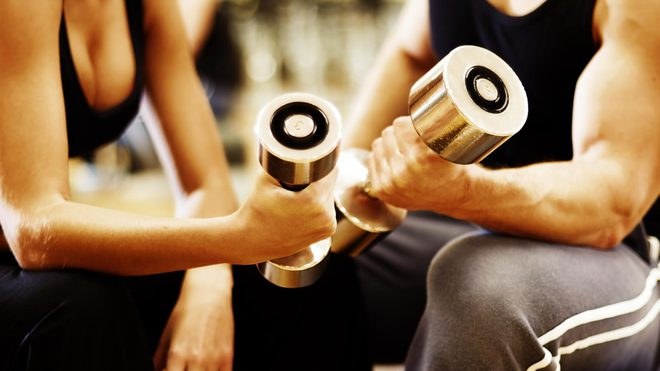Instruction
1
To relieve muscular pain, you first need to find out the cause. Treatment can vary depending on what caused the muscle soreness. For example, treatment of muscle spasms and cramps will differ from the treatment of muscle pain caused by overexertion.
2
One of the most effective ways to soothe and heal sore muscles is rest and relaxation. You should avoid any actions that can additionally load the muscles. If you have sore leg muscles do not perform intense exercise on the cardiovascular system in the next couple of days. If you don't want to drop the class, make a choice in favor of an easy walk or bike ride.
3
Take anti-inflammatory painkillers. These include ibuprofen, aspirin and acetaminophen, they will reduce the inflammation and pain. Repeat as necessary and do not exceed the recommended dosage. Apply anti-inflammatory cream to the affected areas of the body to relieve soreness and to relax muscles. These creams usually start working in 30 minutes or less and can significantly reduce inflammation and pain.
4
Depending on the kind of pain use hot or cold compresses. If you have seizures or muscle cramps, apply a hot compress, for example, a heating pad, which will help relax your painful muscles or take a hot bath. If you pulled a muscle, a cold compress will ease the pain. Apply an ice pack to the sore muscle areas for 15 minutes. Repeat this procedure 2-3 times a day. If you experience pain when you apply either a hot or cold compress, you should immediately stop further use.
5
Now you can start to stretch. Stretching helps to relax muscles and often speeds up the healing process. The first step is to perform light stretching and then gradually increase the amplitude of movements as you will feel relief in the muscles. You can gently massage the affected areas muscles. No need to hurry, you should massage the muscles slowly, as some areas of the body can be sensitive to touch. If you do not feel any improvement after that, contact your doctor.

